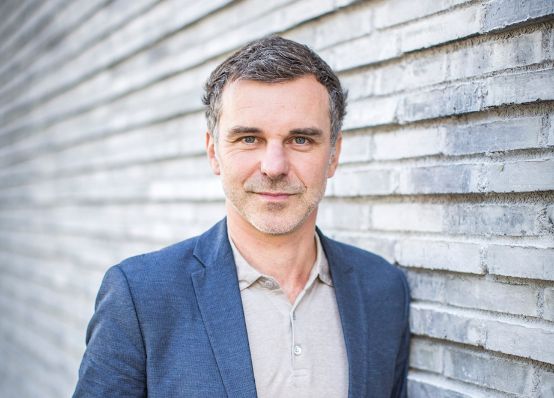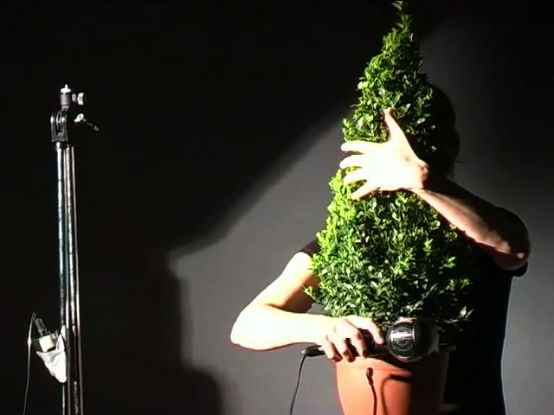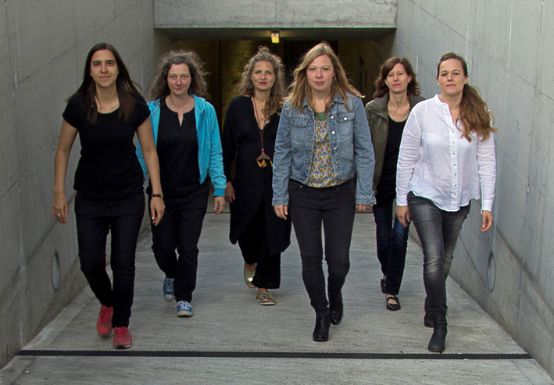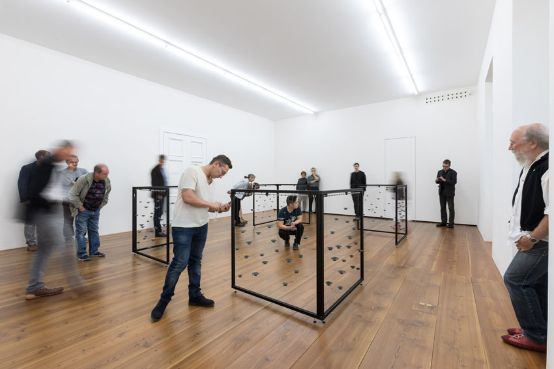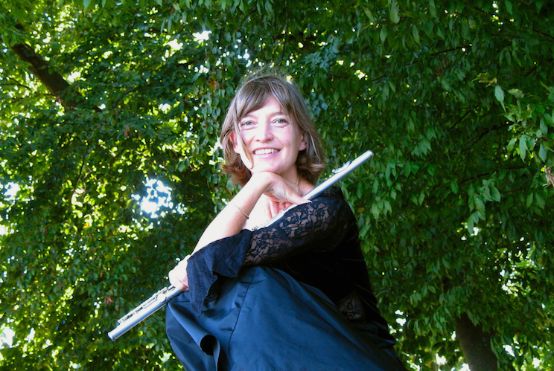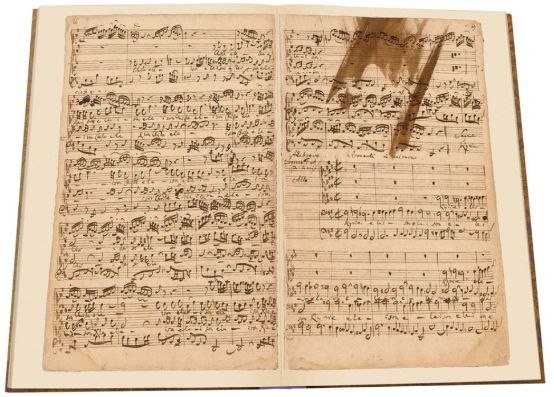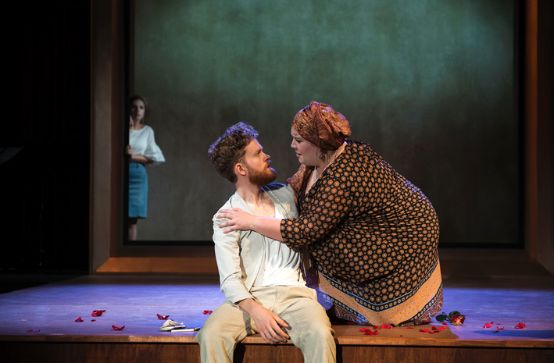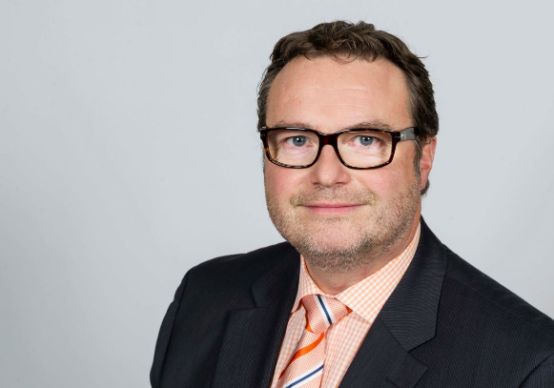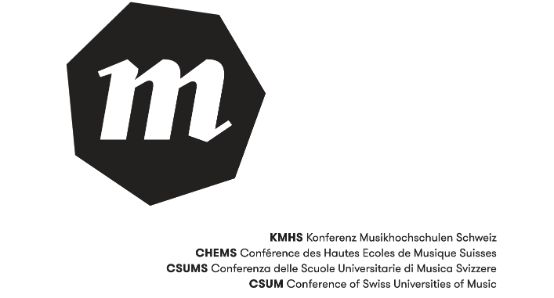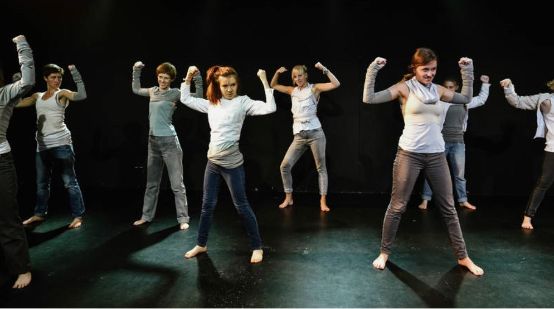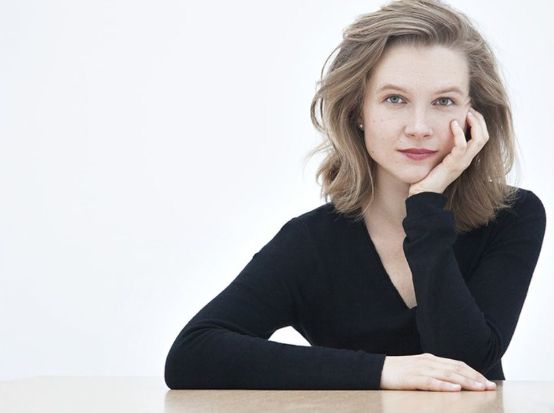Marienversper for the Kantichor
Cristoforo Spagnuolo performed Monteverdi's Vespers with the choir of the cantonal school in Wettingen. The rehearsal is documented in the film "Monteverdi for the island".
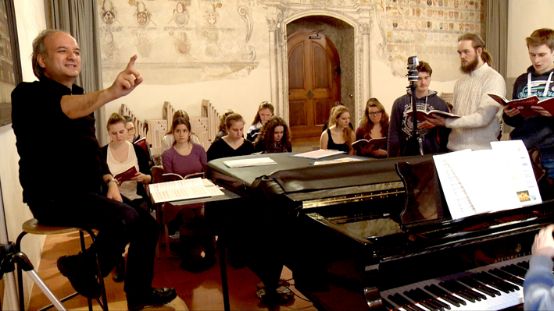
Many cantonal schools in Switzerland undertake ambitious music projects with their 12 to 18-year-old pupils. Many an inspiring result can then be enjoyed in concert. Choirs are often involved, and popular works such as Carmina Burana or Mozart's Requiem, sung by young people full of enthusiasm and accompanied by the school orchestra.
But there are also other things, such as the project by the Basel Chamber Orchestra in the Elisabethenkirche Basel, which involved choirs from Muttenz. The staged performance was dedicated to Honegger's complex oratorio La Danse des Mortscoupled with Purcell's Funeral Music for Queen Mary. With Purcell, choirmaster Christoph Huldi also wanted to offer the young people even simpler choral music to "keep them interested". (Editor's note: see report in issue 7/8 online)
Not so the school musician and conductor Cristoforo Spagnuolo, who demands everything from his pupils at Wettingen Cantonal School. This year it was Monteverdi's Vespers of the Virgin Mary, which was performed to mark the 450th anniversary of the composer's birth. In addition to the anniversary, Spagnuolo also justified his choice by saying that he would take this work with him to the famous "desert island", as it covers an enormously broad spectrum of musical needs, both sensually and spiritually. Putting it on the program remains a rather bold idea, because with this monument of early choral literature, this rhythmically and intonationally difficult work, not only is the "sounding together" delicate, but also the historical performance practice is extremely important and new to many. However, Cristoforo Spagnuolo is known for the fact that no work seems too difficult for him to "conquer". Despite the very high demands placed on the performers, who were joined by the professional orchestra Le Fiamme and professional soloists, the concerts this May were more than worth listening to.
Filmed backbreaking work
Most of the time, the audience only experiences the result of months of rehearsals, which are as demanding for the young people as they are for the teaching staff. In this case, however, director and filmmaker Arthur Spirk, who specializes in documentary films, accompanied the development of the "Wettinger Marienvesper" and posed the following question to the project: "What is more sustainable: a top-class performance of Monteverdi's Marienvesper at the Lucerne Festival ... or the performance of this masterpiece by a cantonal school choir, together with professional soloists and instrumental specialists?"
In view of the ambitious work, it was all the more exciting to see what Arthur Spirk had put together in his 70-minute documentary about the development. What interests the filmmaker about looking behind the scenes, and what is his focus? It is particularly interesting to find out whether it is possible to get the earbud-wearing smartphone generation - as the common cliché goes - excited about music that is over 400 years old and which they are completely unfamiliar with.
It is precisely here that the film provides surprising insights. The thirteen chapters repeatedly feature rehearsal sequences, which, incidentally, do not simply sound beautifully "pure", but sometimes come across as very cross and wrong. Interspersed with these are a number of portraits of the pupils involved, which provide impressive insights.
For example, there is a young man who grew up in Papua New Guinea and sings songs to the accompaniment of a lute in his free time. Or the young woman whose parents and siblings play an instrument and for whom music is simply part of everyday life. Even more surprising is the young jazz musician on the drums who discovered singing with Monteverdi and would like to study singing after his A-levels. It is a musical Kanti elite that inspired Spagnuolo for the Marienvesper. The work is far too difficult for everyone to take part, as he himself admits.
Spirk has created a varied and insightful documentary that captures powerful moments of rehearsals and sensitivities. It is surprising, for example, that the involvement of professionals was not only appreciated. However, the central sequence, the choir week at the Aarbergerhaus Ligerz, where rehearsals lasting up to ten hours were scheduled, comes across as too staid. "Before Ligerz, my level of despair was very high," comments Spagnuolo in retrospect on his state of mind at the time. Spirk did not document the impending failure live.
This also applies to the young people, who are actually always smiling at the camera and quite content, even when they talk about the trials and tribulations. It is a pity that the moments of despair that (must) occur in such "kamikaze projects" and the back-breaking work are not sufficiently present. Nevertheless, when some sequences of the performance in the picturesque monastery church in Wettingen can be seen and heard at the end of the film, with the smiling faces of the singers, it is a touching moment.
-

Final concert in the Wettingen monastery church. Screenshot from the movie: Arthur Spirk
The film can be seen in theaters on the following days
Orient Cinema in Wettingen
Nov. 7, 2017, 7:30 p.m. (première); Nov. 9, 8 p.m.; Nov. 12, 4 p.m.; Nov. 19, 4 p.m.
Cinema Odeon in Brugg
Nov. 11, 11:00 a.m.; Nov. 18, 11:00 a.m.






